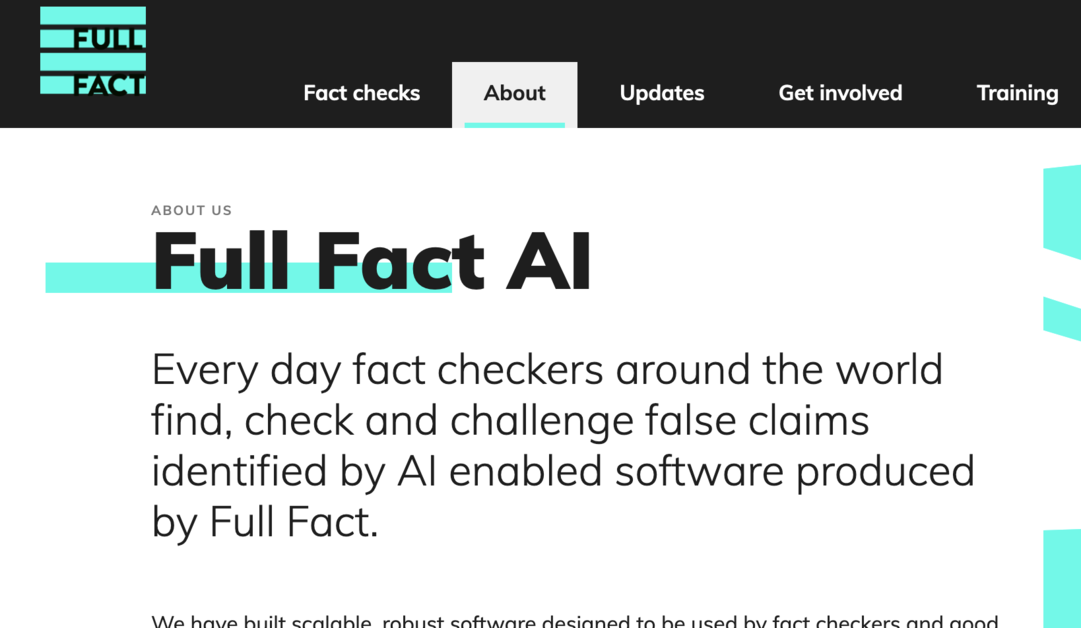In today's rapidly evolving media landscape, artificial intelligence (AI) has emerged as a pivotal force, revolutionizing the way information is produced, distributed, and consumed. From automated news writing to personalized content recommendations, AI technologies are reshaping the media industry, enhancing efficiency, accuracy, and user engagement.
Automated Journalism: The New Frontier
One of the most significant impacts of AI on media communication is the rise of automated journalism. News organizations like The Associated Press and Reuters are leveraging AI algorithms to generate news articles at unprecedented speeds. These algorithms, often referred to as "robo-journalists," can process vast amounts of data and produce reports on financial earnings, sports events, and election results within seconds. According to a report by the Knight Foundation, AI-generated news stories are not only faster but also highly accurate, reducing the risk of human error in data interpretation and reporting.
Personalized Content: Enhancing User Experience
AI's ability to analyze user behavior and preferences is transforming content delivery. Streaming services like Netflix and music platforms such as Spotify use AI to recommend content tailored to individual tastes. This personalization extends to news consumption as well. Google News and Apple News employ machine learning algorithms to curate news feeds based on users' reading habits, ensuring that readers receive relevant and interesting stories. This approach not only enhances user engagement but also increases the time spent on these platforms, driving higher ad revenues.
AI in News Verification: Battling Misinformation
In an era where misinformation and fake news are rampant, AI is playing a crucial role in verifying the authenticity of information. Fact-checking organizations are utilizing AI tools to cross-check information against trusted databases and flag false claims. For example, the AI-powered platform developed by Full Fact, a UK-based fact-checking charity, helps journalists and researchers identify and debunk false information in real-time. This technology is essential for maintaining the credibility of news sources and fostering public trust. But this comes with a caveat. The dawning of AI has also made it much easier to create “fake news.”
Human Insight and Investigation
AI can process and analyze large volumes of data quickly, but it lacks the ability to understand the complexities and subtleties of human experiences. Investigative journalism, for instance, requires deep probing, interviews, and a critical assessment of sources, which are inherently human tasks. A journalist's ability to ask the right questions, follow leads, and interpret social cues remains irreplaceable. AI can assist by providing data insights and preliminary reports, but the depth and richness of investigative stories come from human intellect and empathy.
Ethical Considerations and Challenges
Despite its many advantages, the integration of AI in media communication raises several ethical and practical concerns. One major issue is the potential for bias in AI algorithms. Since these algorithms are trained on existing data, they can inadvertently perpetuate existing biases present in the data. Additionally, the use of AI in content creation and recommendation can lead to the creation of "filter bubbles," where users are only exposed to information that aligns with their existing beliefs, potentially exacerbating political and social polarization.
Moreover, the rise of deepfakes—AI-generated synthetic media that can manipulate video and audio—poses a significant threat to the integrity of information. The potential for deepfakes to spread disinformation requires the development of sophisticated detection tools and regulatory frameworks to mitigate their impact.
The Future of AI in Media
Looking ahead, the role of AI in media communication is poised to expand even further. Advances in natural language processing (NLP) and machine learning will enable more nuanced and sophisticated content creation and analysis. For instance, AI-driven sentiment analysis can help media organizations gauge public opinion on various issues, providing valuable insights for shaping editorial strategies.
As AI continues to evolve, it is imperative for media organizations to strike a balance between leveraging AI's capabilities and addressing the ethical challenges it presents. By doing so, they can harness the power of AI to enhance their operations, deliver high-quality content, and foster a more informed and engaged public.
Conclusion
AI is undeniably transforming media communication, offering unprecedented opportunities for innovation and efficiency. However, the media industry must navigate the ethical complexities and potential pitfalls associated with AI to ensure that this technology serves the public good. As AI becomes more integrated into the fabric of media, its responsible and transparent use will be crucial in shaping a future where information is accurate, accessible, and trustworthy.
Right now, AI is serving primarily as an assistant to human professionals, who retain the primary roles of investigators and writers. After all, it was a human who wrote this article. Right?




